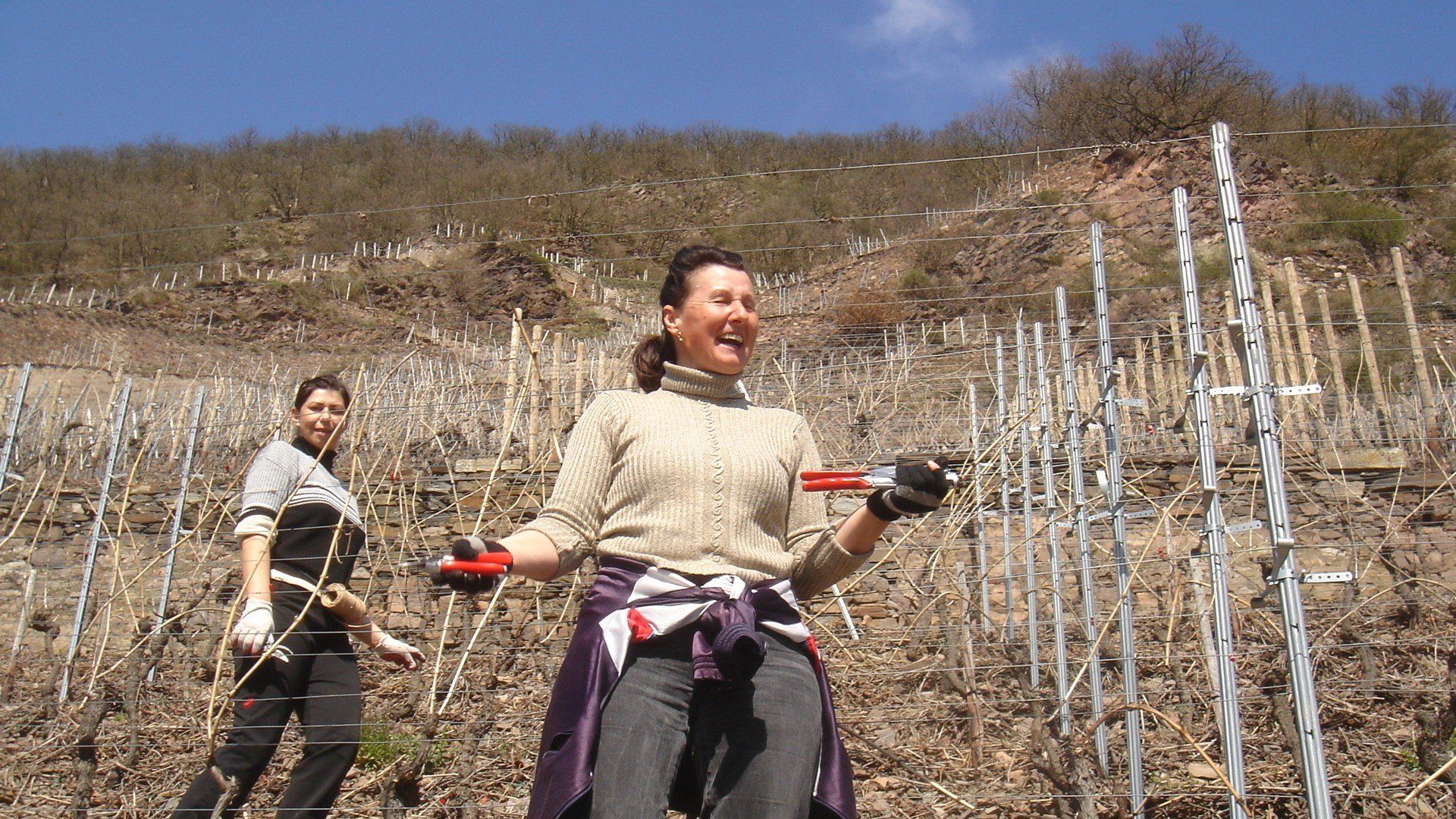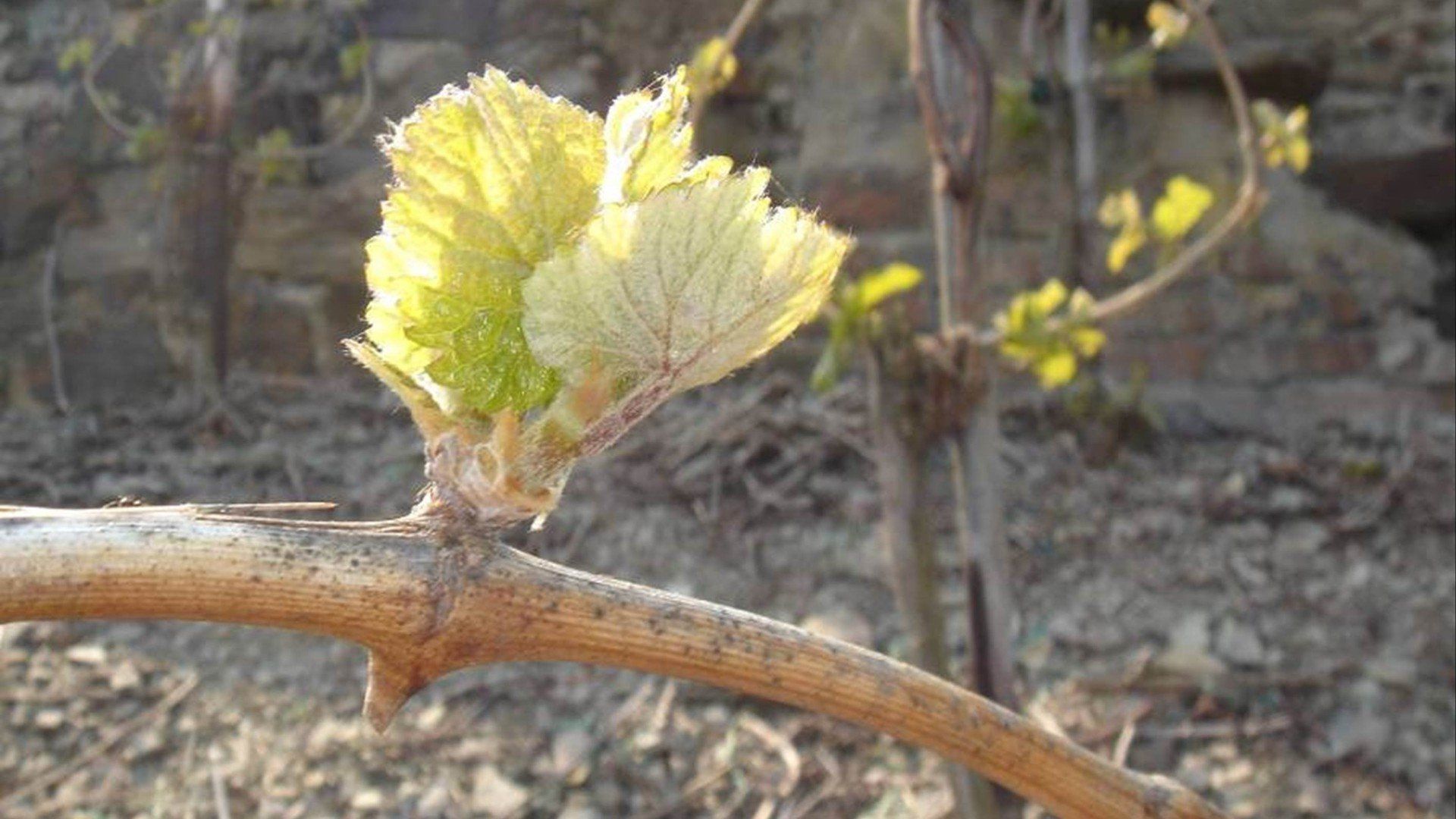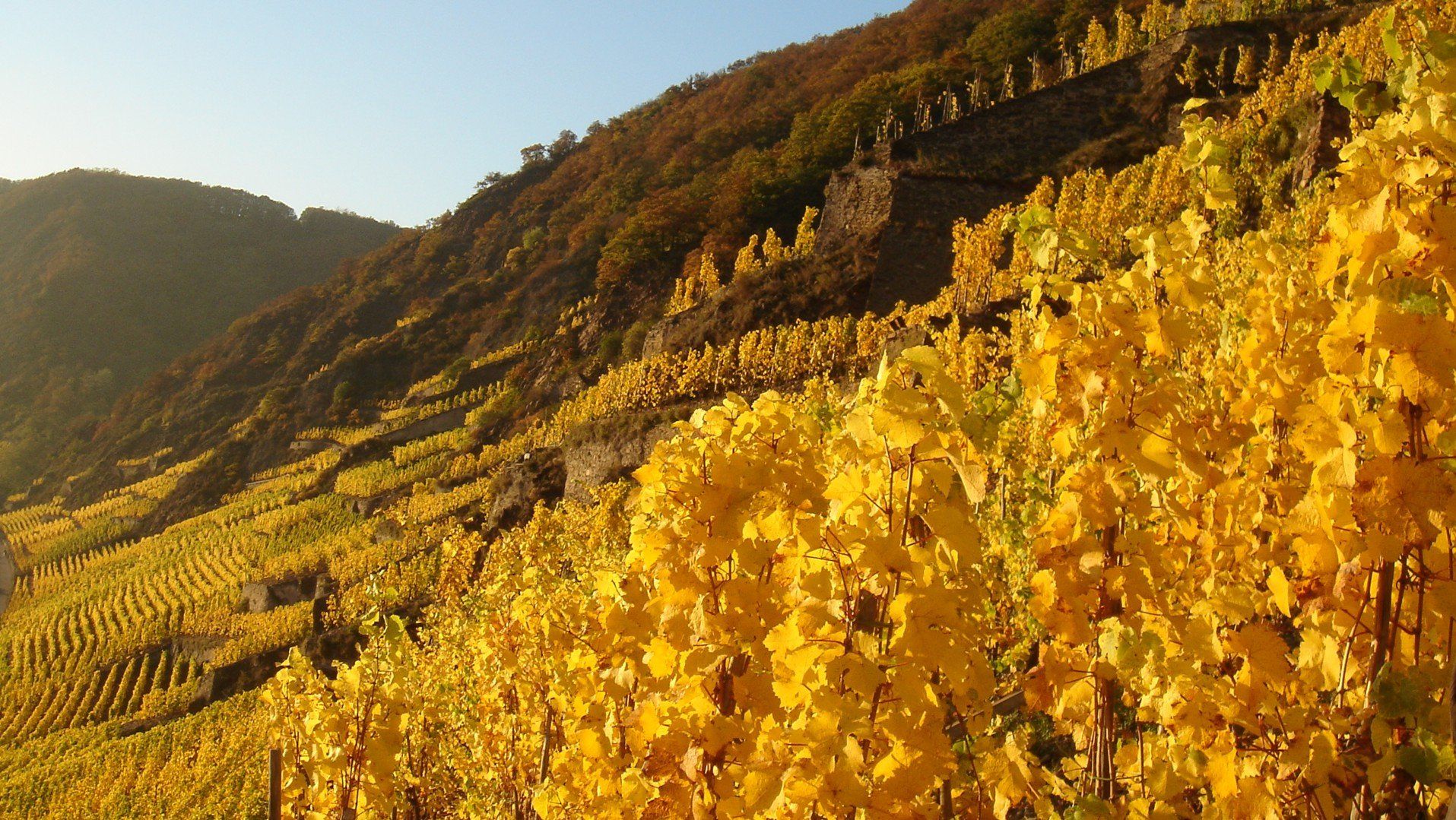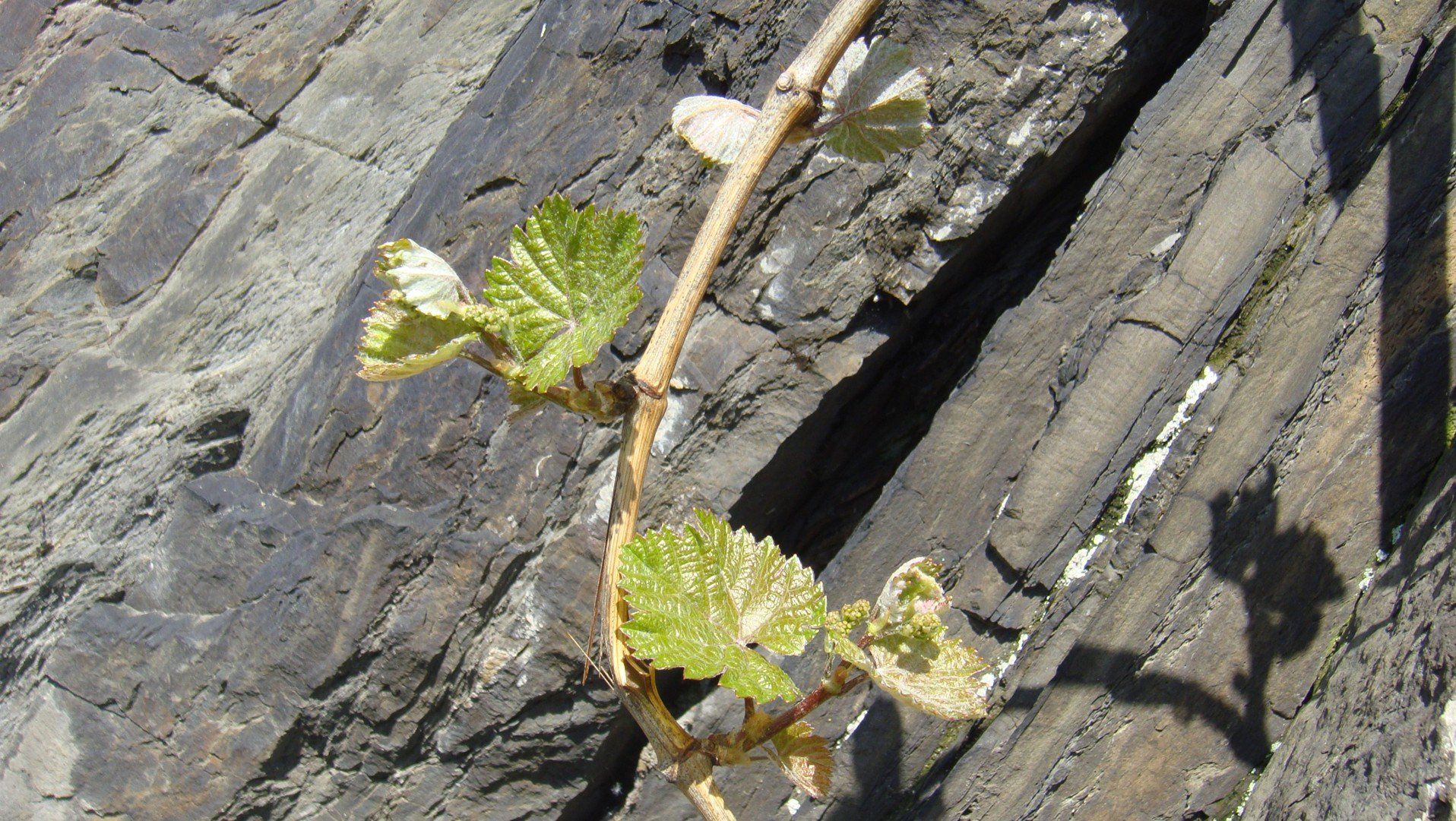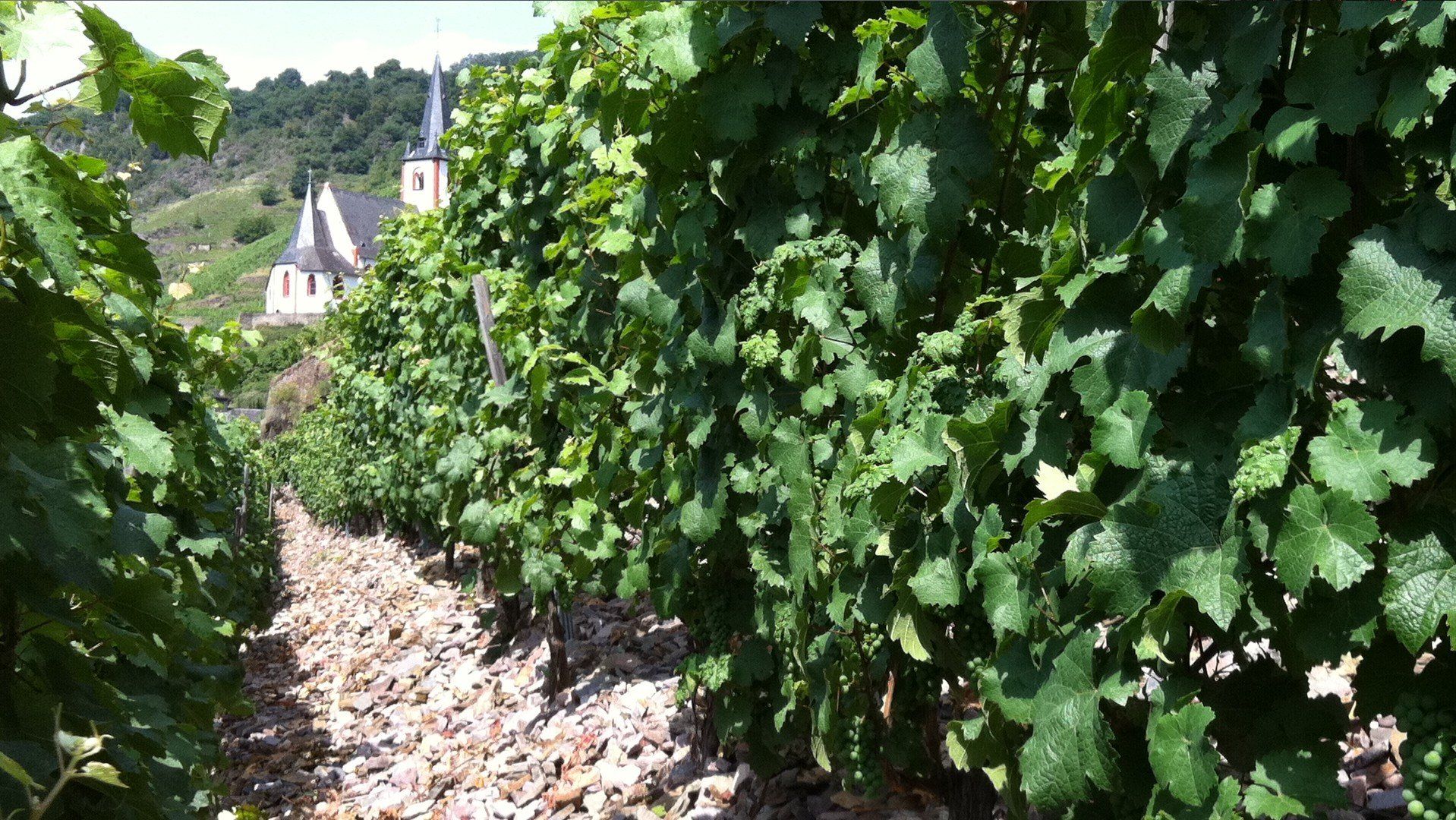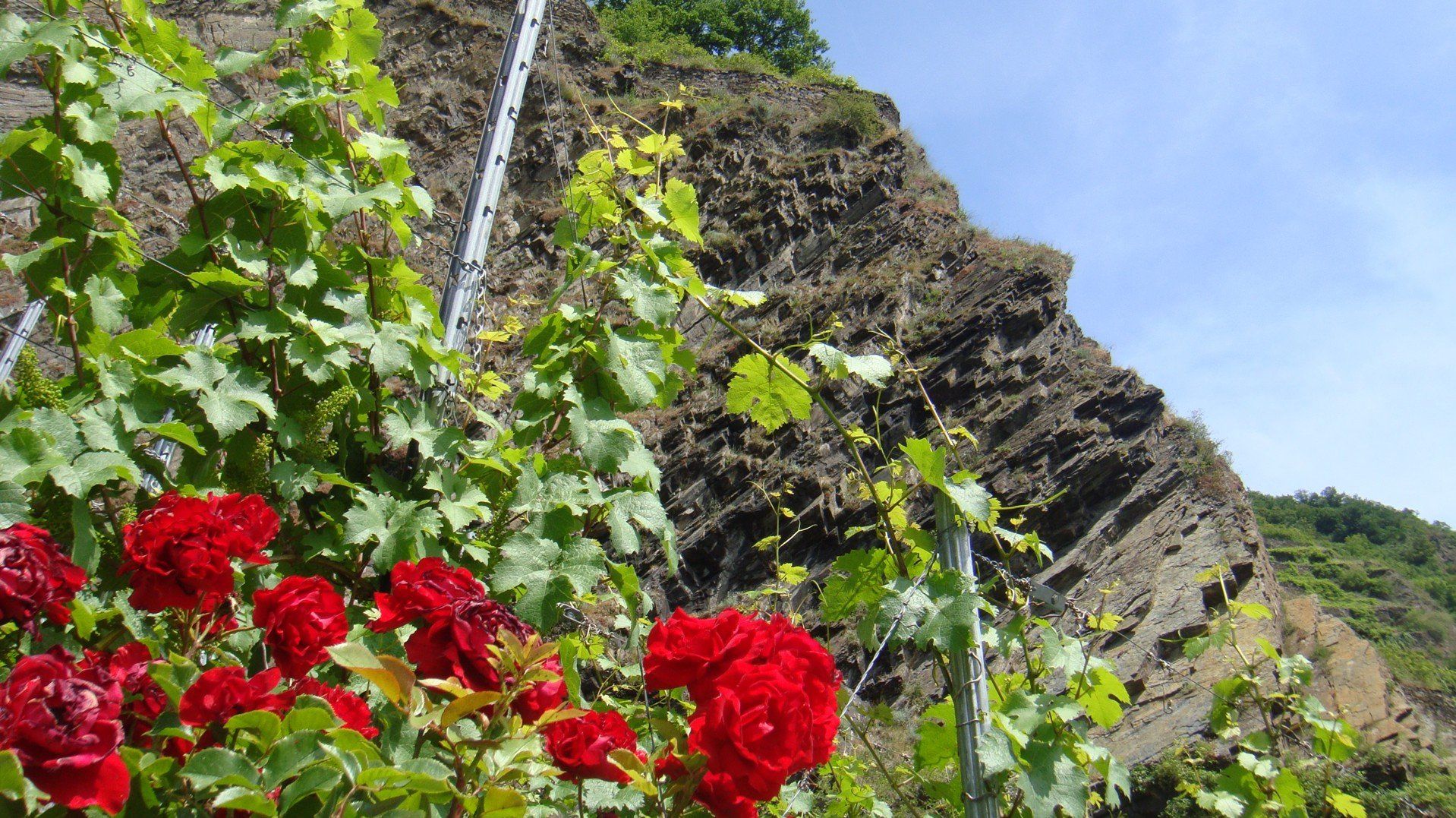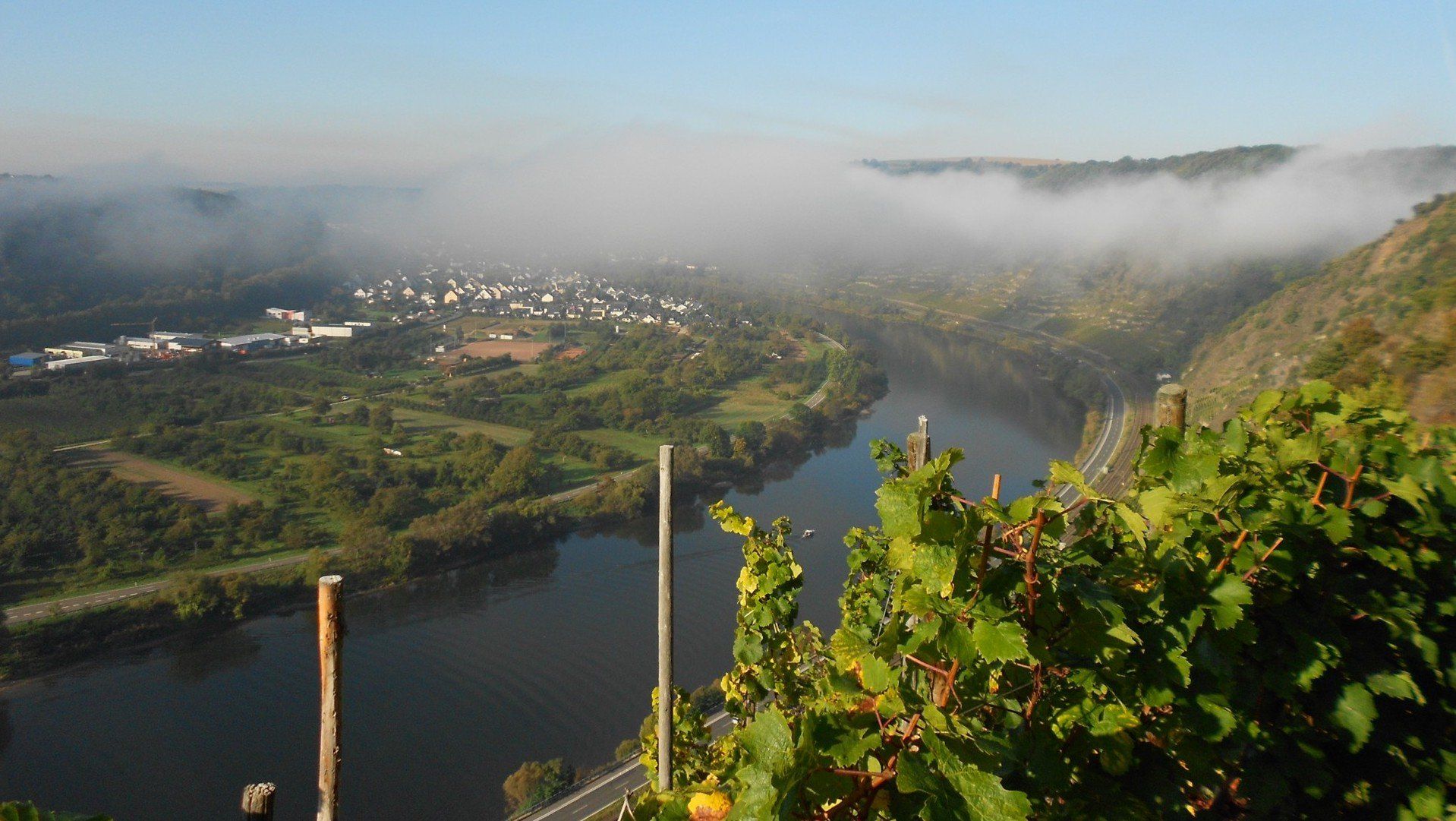
Image title
Untertitel hier einfügenButton
Image title
Untertitel hier einfügenButton
Image title
Untertitel hier einfügenButton
Image title
Untertitel hier einfügenButton
Image title
Untertitel hier einfügenButton
Image title
Untertitel hier einfügenButton
Image title
Untertitel hier einfügenButton
Image title
Untertitel hier einfügenButton
Image title
Untertitel hier einfügenButton
Image title
Untertitel hier einfügenButton
Image title
Untertitel hier einfügenButton
Image title
Untertitel hier einfügenButton
Image title
Untertitel hier einfügenButton
Image title
Untertitel hier einfügenButtonImage title
Untertitel hier einfügenButtonImage title
Untertitel hier einfügenButton
Image title
Untertitel hier einfügenButton
Riesling
Vine, wine and global brand
The grape variety. It probably comes from the Rhine Valley, in 1348 a "trunk" is mentioned in Alsace. Traditionally, it is most common on the Rhine with its tributaries and on the Danube. Lutheran religious refugees brought the first vines to Australia in the middle of the 19th century. First plantings in the USA in the 1980s.
The cool climate. Riesling is the cool climat grape par excellence. It is extremely frost-hardy - and on the other hand reacts to too much heat and UV radiation with the formation of unpleasant aromas. But when the climate is cool and and the growing season is long .... Delicate flavors are created by simmering on a low flame.
The terroir vine. Riesling and its red counterpart, Pinot Noir, are often referred to as terroir grape varieties because, like all others, they are able to communicate the respective soils and microclimates in terms of taste. In other words: Both grape varieties put their own stamp on the wine much less than a Gewürztraminer or Cabernet Sauvignon, for example.
▄ Die deutscheste aller Rebsorten. Erst in den letzten Jahren konnte er sich von seiner Reichsadleraura befreien und geniest international einen exzellenten Ruf.
The green apple. This is how its taste is described in almost every wine book. And with "has a lot of acid". Both are correct if the harvest is too high and too early or if too much has been manipulated in the cellar. Poor vine, it's not your fault ...
▄ Der Flexible. Er kommuniziert nicht nur Böden und Mikroklima, er reüssiert mal leicht, mal mit kräftigem Alkohol und spielt souverän das Geschmacksklavier von trocken bis edelsüß. Nur eins mag er nicht: neues Holz.
The filigree. The white brother of the Pinot Noir. Planted in the right place and vinified with loving hands, they both fascinate with their wealth of finesse, subtlety, elegant reserve, tenderness ... "The good is quiet", as the saying goes.
The typical one. Typical marketing. There is no such thing as a typical Riesling unless it is made. And he will. It's not (yet) as bad as with Sauvignon Blanc, which is usually manipulated in such a way that it has nothing to do with Sancerre, his cultural home, in terms of taste. But the manipulations with Riesling are bad enough. Alcohol gone, acid pure, spring aromas ...
The brand. The R-word was first noted on a label in our family in 1975 after 500 years of viticulture. Today "Riesling" jumps from every supermarket shelf and sits next to Chardonnay and Merlot in the dubious Olympus of global brands. We sold Röttgen and Uhlen and only mention the grape variety in the small print.
The dream: the gentleman's agreement of all terroir growers. We leave the names of the grape varieties to the marketing of the global players and, as we have always done, we produce Chambolle Musigny Les Amoureuses, Meursault Genevière and Winninger Röttgen.
From a different perspective:
Fits to:
Cool Climate
Terraces> Riesling
Riesling
Vine, wine and global brand
The grape variety. It probably comes from the Rhine Valley. A "Rüsseling" is mentioned for the first time in 1348. Traditionally, it is most common on the Rhine with its tributaries and on the Danube. Lutheran refugees brought the first vines to Australia in the middle of the 19th century. First plantings in the USA in the 1980s.
The cool climate. Riesling is the cool climat grape par excellence. It is extremely frost-hardy - and on the other hand reacts to too much heat and UV radiation with the formation of unpleasant aromas. But when the climate is cool and and the growing season is long .... Delicate flavors are created by simmering on a low flame.
The terroir vine. Riesling and its red counterpart, Pinot Noir, are often referred to as terroir grape varieties because, like all others, they are able to communicate the respective soils and microclimates in terms of taste. In other words: Both grape varieties put their own stamp on the wine much less than a Gewürztraminer or Cabernet Sauvignon, for example.
▄ Die deutscheste aller Rebsorten. Erst in den letzten Jahren konnte er sich von seiner Reichsadleraura befreien und geniest international einen exzellenten Ruf.
The green apple. This is how its taste is described in almost every wine book. And with "has a lot of acid". Both are correct if the harvest is too high and too early or if too much has been manipulated in the cellar. Poor vine, it's not your fault ...
▄ Der Flexible. Er kommuniziert nicht nur Böden und Mikroklima, er reüssiert mal leicht, mal mit kräftigem Alkohol und spielt souverän das Geschmacksklavier von trocken bis edelsüß. Nur eins mag er nicht: neues Holz.
The filigree. The white brother of the Pinot Noir. Planted in the right place and vinified with loving hands, they both fascinate with their wealth of finesse, subtlety, elegant reserve, tenderness ... "The good is quiet", as the saying goes.
The typical one. Typical marketing. There is no such thing as a typical Riesling unless it is made. And he will. It's not (yet) as bad as with Sauvignon Blanc, which is usually manipulated in such a way that it has nothing to do with Sancerre, his cultural home, in terms of taste. But the manipulations with Riesling are bad enough. Alcohol gone, acid pure, spring aromas ...
The brand. The R-word was first noted on a label in our family in 1975 after 500 years of viticulture. Today "Riesling" jumps from every supermarket shelf and sits next to Chardonnay and Merlot in the dubious Olympus of global brands. We sold Röttgen and Uhlen and only mention the grape variety in the small print.
The dream: the gentleman's agreement of all terroir growers. We leave the names of the grape varieties to the marketing of the global players and, as we have always done, produce Chambolle Musigny, Meursault Genevière and Winninger Röttgen.
From a different perspective:
Fits to:
Terrace viticulture
Cool Climate




